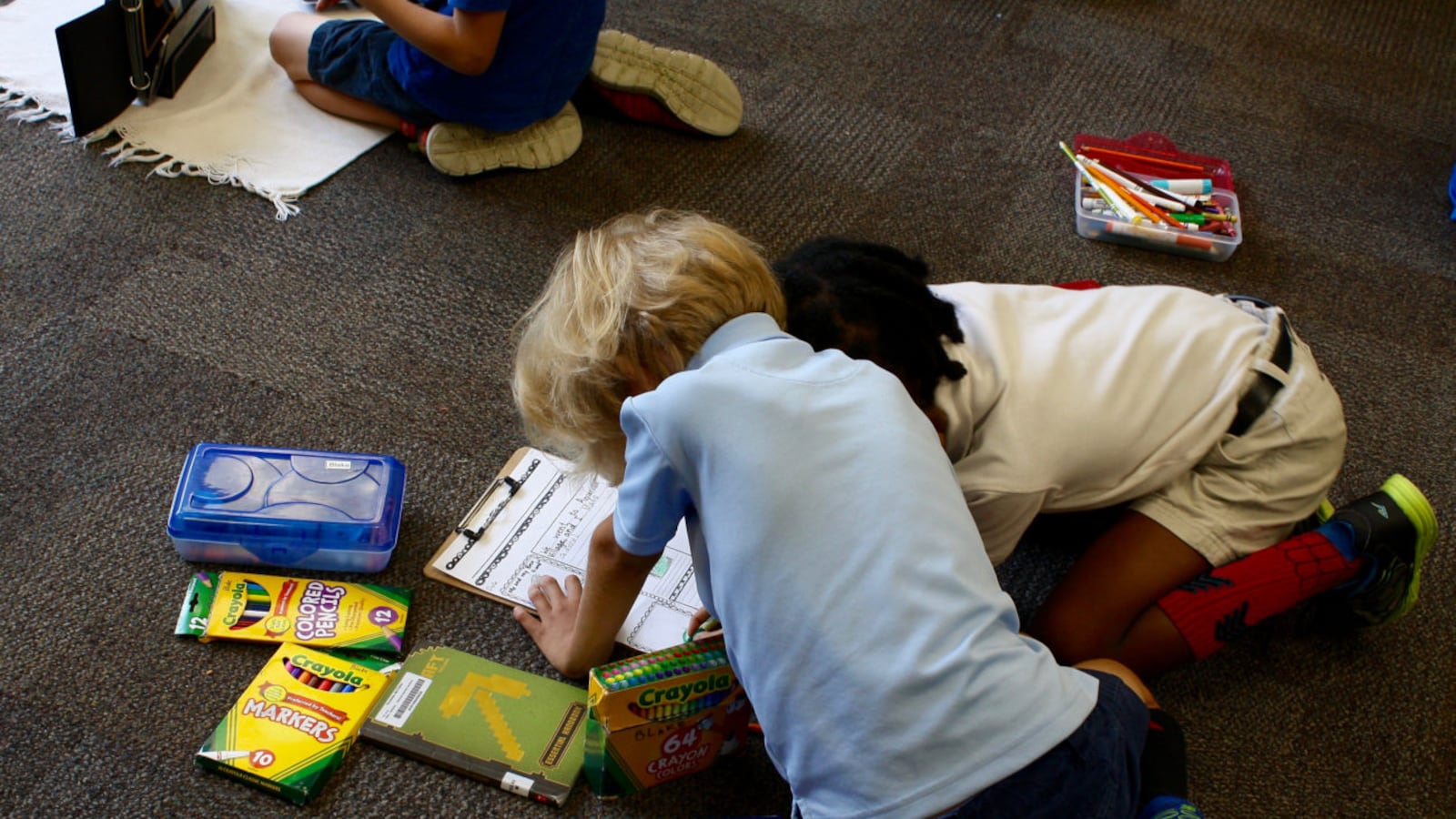It took more than a year of bitter fighting to change school zone lines to better integrate just a few schools on the Upper West Side.
With that in mind, tackling school segregation on a larger scale may seem like an impossible task. But a report released Wednesday by the New School’s Center for New York City Affairs lays out ways to jumpstart integration citywide.
“We think the city can create conditions under which more parents can choose, voluntarily, integrated schools,” said Clara Hemphill, one of the report’s authors and the founder of the school review site InsideSchools.
The city could offer extra funding to diverse schools, for instance, or open magnet programs to attract families beyond regular school zones, she said at a panel held at the New School on Wednesday.
The report suggests that desegregation efforts should start early: in the city’s pre-K centers. Funding for pre-K comes from different sources, depending on a family’s income. Red tape associated with those different funding streams can make it difficult to mix children of different socioeconomic backgrounds in the same classrooms.
Though the city has taken steps to change that, the report notes that many pre-K directors are still unaware they can “blend” classrooms.
The city should also find ways to break up concentrations of homeless students in some schools, according to the report. Children who are homeless miss school more often and often have greater needs than peers in stable housing, and the rates of homelessness varies from almost zero at some schools to more than 50 percent at others.
Josh Wallack, the deputy chancellor who oversees diversity efforts for the Department of Education, pointed out at Wednesday’s panel that some schools with high populations of homeless children have built effective programs to meet their needs.
“It could be an open question for us to wrestle with, as to whether you want to break that up,” he said. “I don’t think there will be a one-size-fits-all solution here.”
The report also calls for moving ahead with a new enrollment proposal called “controlled choice” in District 1 on the Lower East Side. The district won a state grant to help integrate its schools, but local parents have been frustrated by bureaucratic hurdles that are likely to delay the plan by at least a year.
Hemphill cautioned that controlled choice, which ensures an economically diverse student body, may not be a solution in all districts, especially in areas where parents aren’t happy with their public school options.
“You have to have an aggressive plan to improve school quality before you institute controlled choice,” she said. “You have to be careful how you work the formula so you don’t scare away the parents you need to make the schools integrated.”
Councilman Brad Lander, who was also on the panel, said it will take time to get integration policies right. While recognizing the need for citywide action, Lander said it will take “step-by-step” approaches to lay the groundwork for broader plans.
“Because there’s a stark moral reality to how awful it is to have this segregated a school system, there’s a desire to fix it immediately, with a big solution that will solve it tomorrow,” he said. “I actually think that it is the step-by-step work, making it work in lots of individual schools, bridging that up to the district level … that’s going to be successful.”


